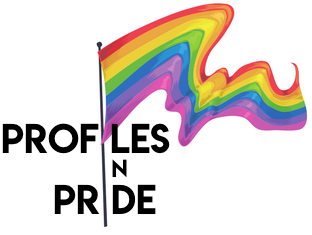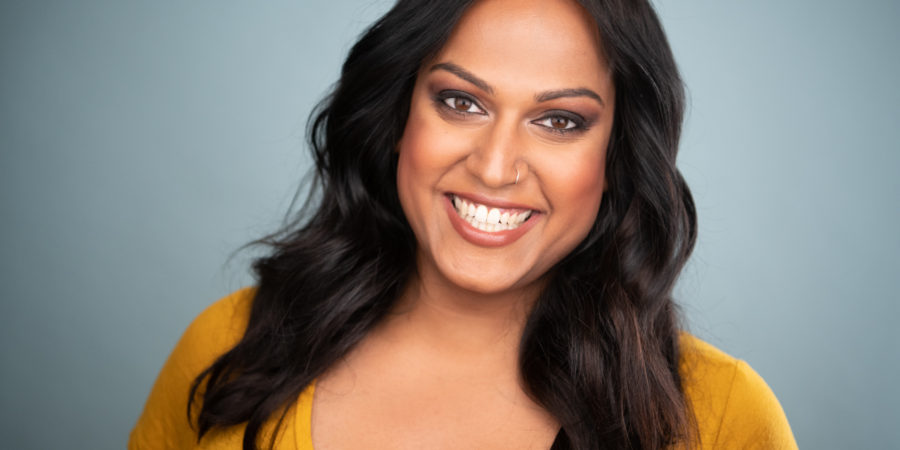Aneesh Sheth’s story is very similar to that of other transgender people who grew up in the ‘80s: she never saw herself represented on TV or in the movies. Having moved from India to New York City as a young child, she also saw no representation of South Asian people in the media.
Her only exposure to anything about transgender people was sensationalized talk shows and baseless warnings about transsexual prostitutes in New York City. Because of this lack of exposure and understanding of trans people, Sheth struggled to understand her own identity and assumed she was a feminine gay man.
She began pursuing musical theater at a young age, going on to earn her Bachelors of Fine Arts at NYU. She starred in several theater productions and became part of a Broadway Tour of “Bombay Dreams,” ironically playing a character who was a trans woman.
After volunteering at The Trevor Project and meeting people of all different LGBTQIA experiences, Sheth had an epiphany when she was 26 and realized she was indeed transgender. She came out and started transitioning, and she wanted to continue acting. But after an agent told her she’d never find roles as a transgender South Asian woman, and after realizing how much she loved helping people, Sheth decided to quit acting and began pursuing her Master’s degree in social work.
Several years into school, Sheth’s partner died. She packed up her life in New York and moved to California to start over, but after a few years of putting her degree to work, she was called with an offer to have her first role on a network television TV show.
She felt that she couldn’t say no, so she reentered the world of acting. This time, she proved the agent wrong and began landing roles in various television shows and theater productions as an openly transgender actor. Most recently, she nabbed a recurring role on Netflix’s “Jessica Jones” as the main character’s assistant, Gillian. Sheth appreciates that her character just happens to be trans, and her identity isn’t sensationalized or used as a plot device.
Now 37 and living back in New York City, Sheth has seen significant progress for trans actors like herself. She believes this visibility can be life-changing, especially for kids who were once like her, but she acknowledges that trans representation in media still has a long way to go.
This is Sheth’s story of coming out as transgender, finding her way as an openly trans actor, and working to improve transgender representation and visibility, especially for people of color.
Profiles in Pride: What was your process of realizing you were transgender and coming out?
Aneesh Sheth: I felt that I was definitely trans from a very young age, but I’m old, so there was no language developed at the time that I was growing up for us to really define who we were, and the vocabulary that was available to us was very stigmatized.
For a long time, I presented very femme for many years before I actually came out and transitioned. People would say, “Are you sure you don’t you want to be a woman?” I’d say no, because of my career. Because at that time, there was very little room for types of roles available for trans people in media.
I was actually going through this identity crisis and trying to figure out what my next step was. I’d come off a theater tour for a year, and I started volunteering at The Trevor Project as helpline counselor. During my training and time there, I met a wide variety of people from the queer experience that I’d never met before, because in my community growing up, there was not a very large queer community.
Having that experience of meeting so many different types of people really woke me up. It was a lightbulb moment that I had when I realized, “Oh my God, I’m trans, this fits.” It was a matter of I think a week between when I had the realization and when I went to the doctor for the first appointment for bloodwork. So as soon as I knew, I knew. I was 26, so that was the beginning of 2008.
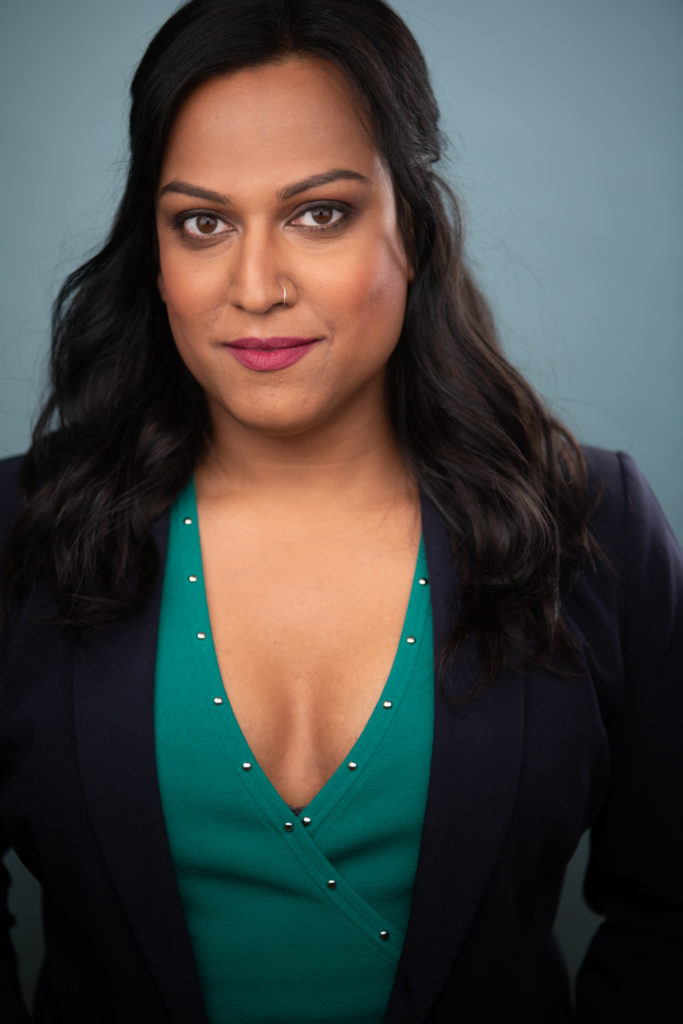
PIP: Were you worried that transitioning would be difficult for your acting career?
AS: Oh, absolutely. I had an agent tell me, “I can barely find you work as a gay South Asian male; how am I ever going to find you work as a trans South Asian female?”
I obviously left the agency and the business as a result of that for a little while. That was the kind of feedback I was getting when I first started telling people. It’s interesting because the role that I played right before I decided to make my transition was Sweetie in “Bombay Dreams,” which is a trans woman. It was very much resonating with my own life.
PIP: I know that at one point, you took a break from acting to pursue a Master’s Degree in social work. Can you talk about why you did this?
AS: When I first decided to transition back in 2008 after I’d come off of that tour, there was, as I mentioned, very, very little trans representation in the media. Because of what that agent said to me, I felt like, “Wow, I don’t think I can make a career out of this. I certainly can’t make a living off of it; I need to start thinking about other things I can be doing.”
When I was at The Trevor Project, I started out as a volunteer helpline counselor, and then after a couple months of me being there, I applied for a staff position. I got it and ended up being there two to two-and-a-half years on staff. It was very eye opening for me as a new trans person coming into the world and leaving show business behind, because I felt such a connection to wanting to help people.
I had supervisors and friends at work who were like, “You’re really good at this, maybe you should think about being a social worker.” I thought about being a nurse, and I did a nursing externship. I enjoyed much more the patient advocacy than I did the patient care, so I decided to ultimately go back to school and study social work.
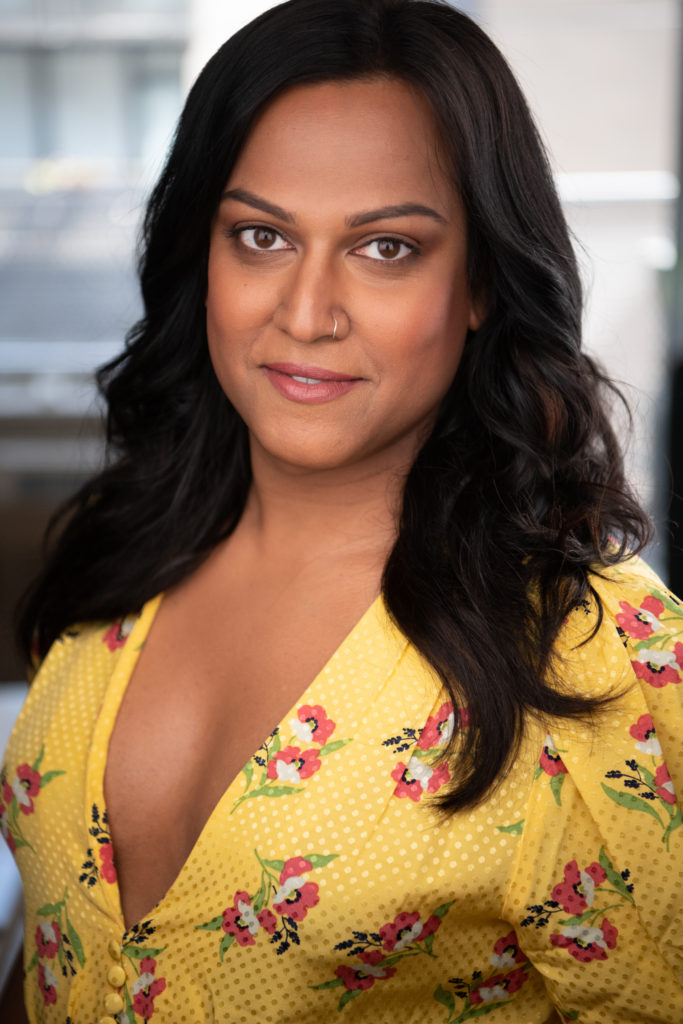
PIP: Once you had the degree, did you put it to use? Or did you decide to go back to acting pretty quickly?
AS: My partner passed away in the middle of my second year of my social work course, so I ended up packing my life and moving to San Francisco. I was like, “I’m kind of done here with New York, and if I’m not going to be an actor there’s no need for me to be in NYC, and I’ve been here all my life.”
I’d only visited San Francisco twice before and really loved the city, and I wondered what it would be like to live there. I packed up my entire life here in New York and moved to San Francisco, and I used my social work degree very little. When I was here in New York and doing all of my clinical hours, I worked mostly with substance abuse populations. Then when I moved to California, I worked with children for a little bit, but then shortly after I got to California was when I got the call for “Outsource.” So the social work was a very brief; I think probably three years of my life.
PIP: What did it feel like to land that role as an openly trans person?
AS: I was offered the role on “Outsourced” [an NBC sitcom] within the first few years of my transition to play what they call in India a hijra. It’s kind of the equivalent of trans people in the States, but it’s very nuanced — it’s a completely different identity.
I got a lot of criticism for that role because it was somebody who was hired as a stripper for a bachelorette party, and I was also a trans woman of color, and there was a lot of language that was negative against the trans identity. But it was my first network TV gig, so I said, “Yes, I’m absolutely going to take it.”
But then I was really lucky — I took some time off and started doing a little bit of theater, and my first theatrical gig after I transitioned was that of playing a role that had traditionally only been cast with cis women. It was Princess Aouda in “Around the World in 80 Days.” I was thrilled as an actor to be getting the role, because I’d known that story growing up and I was very excited about the opportunity to play this Indian princess who I admired in the film adaptation growing up.
But what was even more exciting was that I was finally in a position where this theater company and this director were looking at me and they were like, “She’s a great actor, she can play a role.” For them, there was no qualm about me being trans.
That was back in 2014, about a year after Laverne Cox blew up and “Orange is the New Black” started, and people were thinking about trans people in a very specific way and being like, “We can only use trans people for trans roles.” There was a little bit of a conversation there, about me being trans, but ultimately they went forth and said, “Well it doesn’t matter, she’s good at the job.”
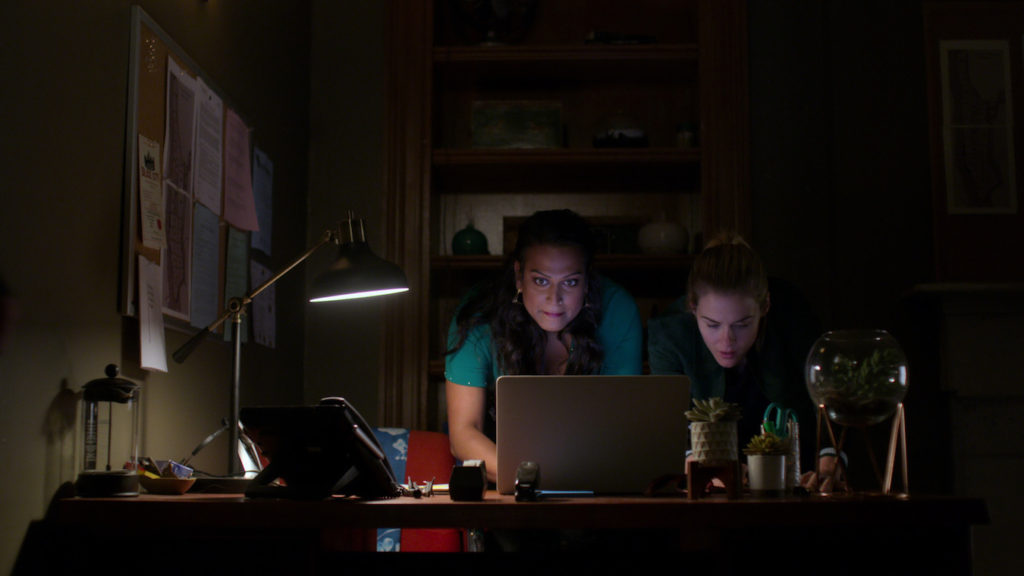
PIP: That’s fantastic. I’d love to hear about your role as Gillian on Netflix’s “Jessica Jones” role — I know you’ve said your character is trans, but it isn’t discussed and that doesn’t define her. Can you talk about how that came about and why that’s such a big deal?
AS: The producers and the showrunner were really great when they had the breakdown come out for my character Gillian on “Jessica Jones;” they were looking at a very broad range of trans individuals. This is also very demonstrative of the kind of world that should be put out there, but Gillian could have been played by absolutely anyone who embodied that type of personality.
I was very grateful I got in under the fact that they were seeking a whole variety of trans people for this role. But ultimately what it came down to is Gillian’s trans identity had no bearing on the story; there was no plot device around it. She simply exists in the world in Hell’s Kitchen and Jessica’s office and investigation as a human, like everybody else. I think it’s really important for the industry to see and acknowledge, because for so long, the inclusion of trans people was only limited to trans roles or roles that were kind of sensationalizing or using our identity as some sort of plot device.
It was really great in terms of the industry to have a character exist like that, especially in a Marvel universe where there’s no narrative about her identity. But then also as an actor going into that job every day, it felt wonderful to just be able to go into the job and do the job that everyone else was doing. There was no additional labor about having to educate about the trans experience or having to correct the language in the script, or anything like that. It was like, I walked in and I was an actor like everybody else, which felt very refreshing to me.
PIP: Do you do any activism in addition to your acting?
AS: I think I’ve found that my activism kind of resides in my work. At some point over the course of time, the two have meshed together. So aside from bringing my activism into the spaces where I am working, I also do a lot of panels, discussions, and trainings.
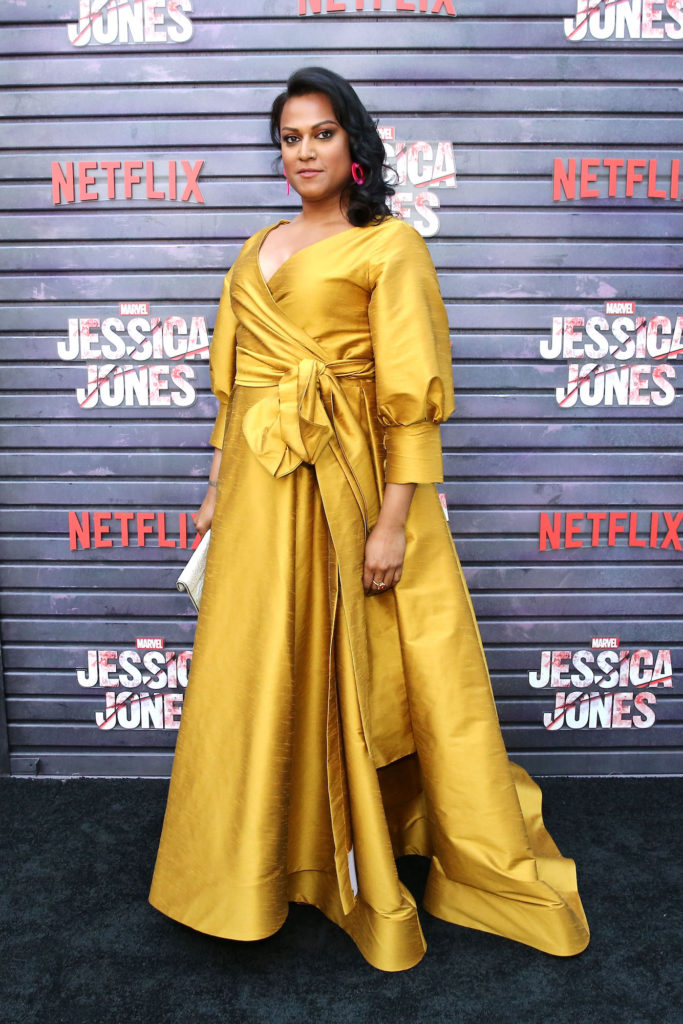
PIP: That makes sense. Why do you think trans visibility in the media is so crucial?
AS: Growing up in New York City, my only exposure to trans people, aside from seeing sensationalist television about trans folks [like talk shows], was what was being said to me — this narrative in downtown Manhattan that you needed to avoid certain neighborhoods so you wouldn’t run into the “transsexual prostitutes” and the drug dealers. It was this stigma that was said to me. Growing up, I was like, “God, I’m wrong, God, there’s so much about me that’s just wrong, why am I like this? Is this who I’m supposed to be?”
To have the amount of trans representation that’s out there, I’m thrilled that it’s growing and growing. To have that trans representation out there is super important for the younger generations to see that we’re out here, we exist. And not only that, but we’re worthy of having our own dreams come true of being actors, of being in show business, of being storytellers.
Aside from that, being South Asian and trans — first of all, there were hardly any South Asian people on television when I was growing up. If there was anyone, it was a white guy with brown makeup on and a thick accent pretending to be Indian for some comedic relief or something, so my exposure to even Indian characters on television was very limited.
For me to be able to be here now, and say, “Wow, there’s a trans woman who’s also Indian on television,” — I wish I had existed for myself when I was a kid, because that’s empowering. That empowers me as a 37-year-old woman when I’m sitting in my own stew of doubts and lack of self-confidence.
PIP: I know trans visibility has increased and improved a lot in recent years, but do you think there’s still a long way to go?
AS: Absolutely; I think we’re only touching the surface. I think that shows like Pose and Tales from the City are so incredibly necessary for the kind of visibility that they provide. But I think we also don’t want the world to assume a reductive nature about our identity, so we don’t want them to think those are the only kind of narratives about trans people can exist. So the more nuanced narratives we can bring, the more varying narratives we bring about the trans experiences, will only benefit us as we all continue to gain visibility.
Keep up with Aneesh on Instagram @aneeshtheactress or on Twitter @aneeshshethacts.
